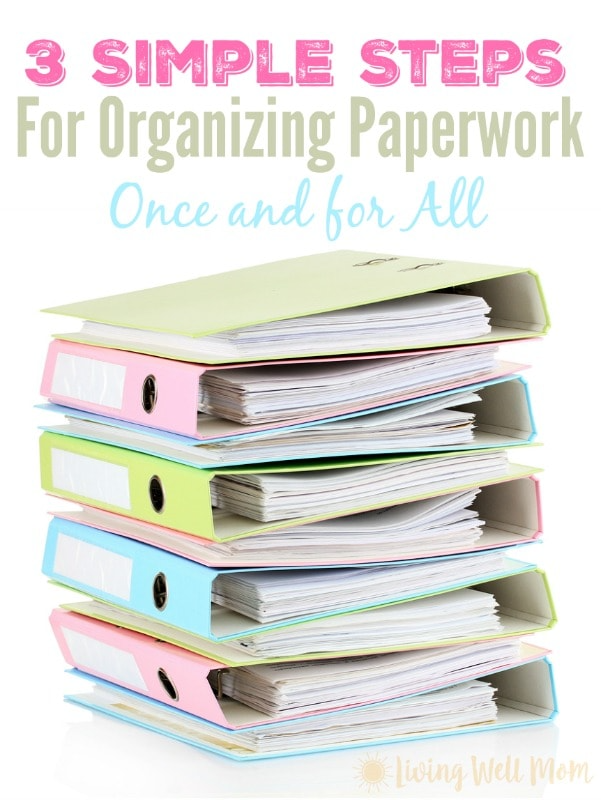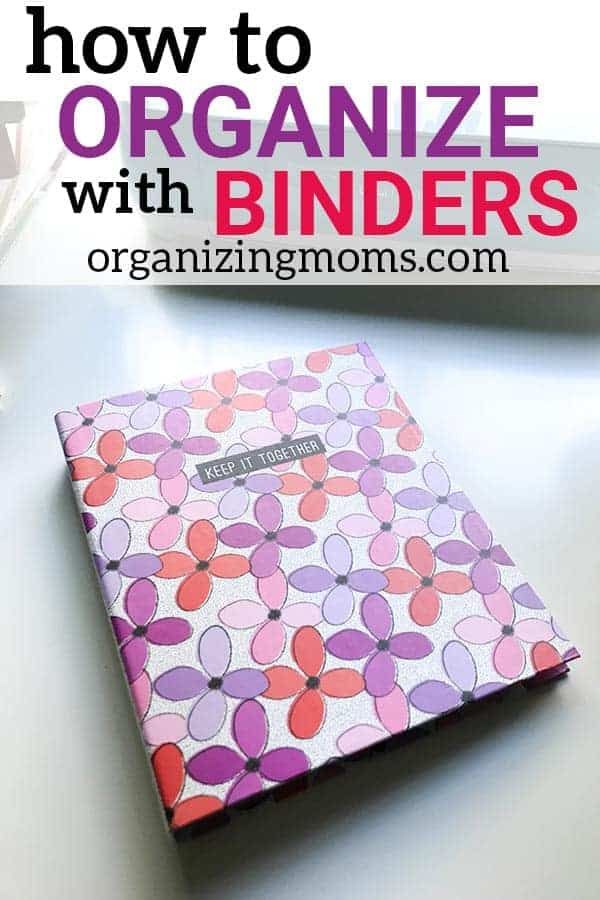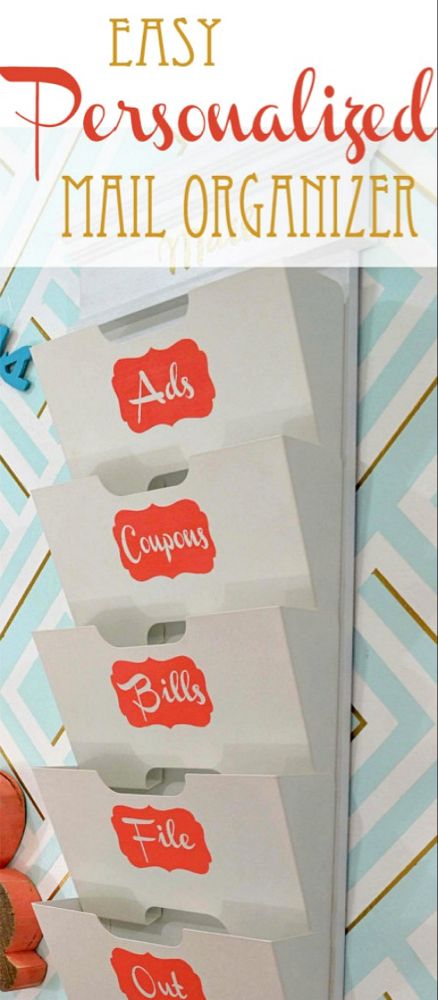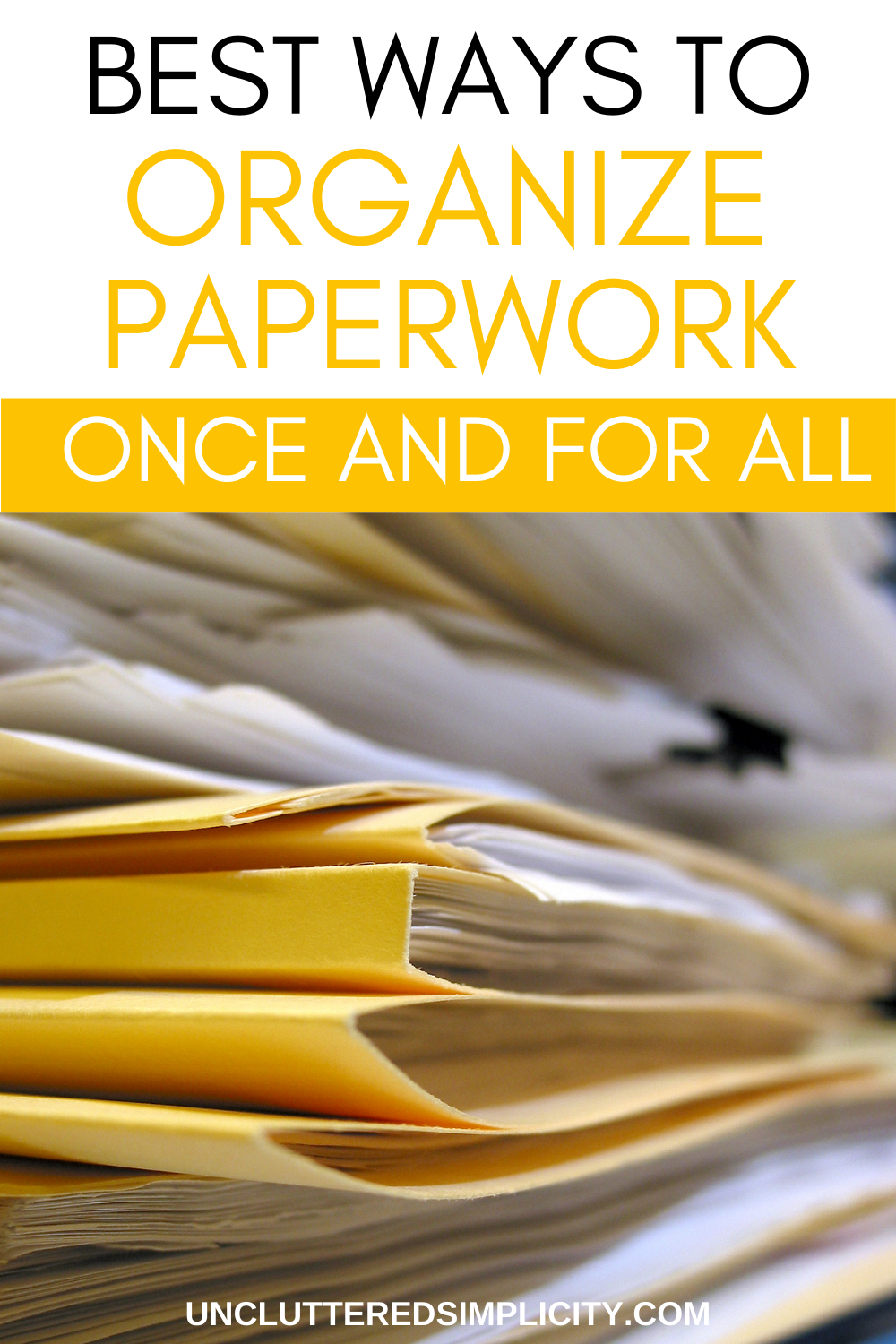5 Ways to Organize Paperwork at Home Efficiently

If you're like most people, the clutter of paperwork can quickly become overwhelming. Bills, receipts, personal documents, and countless other papers can accumulate and lead to a disorganized and stressful environment. Thankfully, there are five key strategies you can implement to manage and organize your paperwork at home efficiently. Let's delve into these methods to help you regain control over your paper chaos.
1. Designate a Specific Area for Paperwork

Having a single, designated space for all paperwork is crucial. This could be a:
- Home office
- Corner in your living room
- Drawer in the kitchen
This area should be equipped with:
- File cabinet: To store documents that need to be kept for long periods.
- Inbox tray: For incoming mail and papers that require immediate action.
- Outbox tray: For papers to be filed or shredded after use.

By establishing a dedicated space, you ensure that every piece of paper has a place to go, reducing clutter elsewhere in your home.
2. Implement a Sorting System

Sorting your paperwork immediately upon arrival can save time and reduce frustration later. Here’s a simple system:
- To Do: Papers that require immediate action like paying bills or responding to invitations.
- To File: Documents to be archived, such as tax records, medical records, or warranties.
- To Shred: Sensitive documents like old bank statements or credit card offers.
- Recycle: Unneeded mail or flyers.
Sort documents into these categories as soon as you get them. This not only keeps your paper load manageable but also ensures you don’t miss important deadlines or misplace important documents.
3. Use Color-Coded Labels or Files

Utilizing a color-coding system can significantly enhance the efficiency of your filing system:
- Red: For urgent matters or bills.
- Blue: Health-related documents.
- Green: Financial documents like bank statements.
- Yellow: For miscellaneous items like coupons or recipes.
By color-coding your files, you can quickly identify what you need, reducing the time spent searching for documents.
4. Digitalize Where Possible

In this digital age, reducing physical paperwork through digitization can greatly minimize the paper clutter:
- Use a scanner or smartphone app to scan and store documents in cloud services like Google Drive or Dropbox.
- Sign up for paperless billing from utility companies or banks to cut down on incoming paper.
- Convert important documents to PDF files for electronic storage, ensuring you have backups on external hard drives.
5. Schedule Regular Paper Management Sessions

Regularly set aside time to manage your paperwork:
- Weekly: Spend 15-30 minutes sorting and filing papers.
- Monthly: Review what needs to be shredded or filed, and update your records.
Using these sessions to:
- Clear out unnecessary papers.
- Update your filing system.
- Address any overdue tasks.
By following these strategies, you'll keep your paperwork under control, reducing stress and enhancing your home environment's organization. The key is consistency and simplicity, making sure that the system you set up is one you'll maintain over time.
📌 Note: Remember, the goal is not just to organize but to establish a routine that keeps your space clutter-free.
Final Thoughts

Organizing your paperwork at home isn’t just about aesthetics; it’s about creating an environment where efficiency and tranquility coexist. Each of these strategies can contribute to that goal, whether by designating specific areas, sorting immediately, using color-coding, going digital, or scheduling regular management sessions. The beauty of these methods lies in their flexibility; you can adapt them to fit your lifestyle and the volume of paperwork you deal with. Keep these practices in check, and you’ll transform your paper management from a chaotic chore into a streamlined, effortless routine.
How often should I sort through my paperwork?

+
It’s beneficial to sort through your paperwork at least once a week to keep things manageable. Set a specific time, like Sunday evenings, to review and sort your papers.
What’s the best way to store digital copies of documents?

+
Use cloud storage services like Google Drive, Dropbox, or OneDrive. Ensure you have multiple backups, including an external hard drive, for security and redundancy.
Can I use any color-coding system, or are there standard conventions?

+
While there aren’t universally standard conventions, you can develop your own system or look for common themes like the ones suggested in this article. The key is consistency.
How long should I keep my financial and personal documents?

+
Retain tax documents for at least seven years, bank statements for three, and personal documents like birth certificates permanently. Check local laws for specific retention requirements.
What should I do with papers that contain sensitive information?

+
Sensitive documents should be shredded to prevent identity theft. Use a cross-cut shredder for added security.